Deck & Commander Strategies
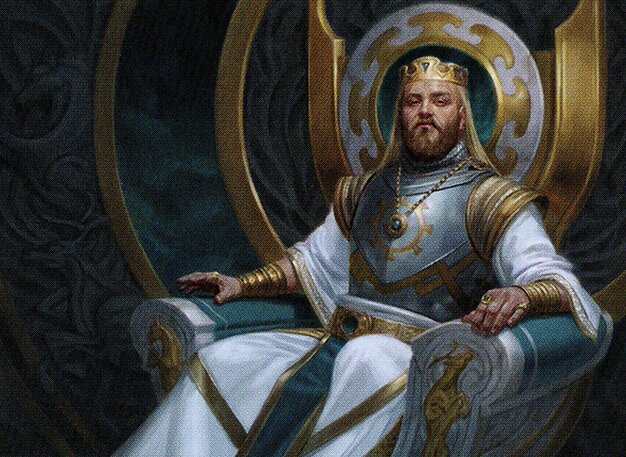
Kenrith, the Returned King
A flexible stax and midrange deck that uses Kenrith's versatile abilities to control the board, rebuy key creatures or artifacts, draw cards, and close out the game through combat damage.
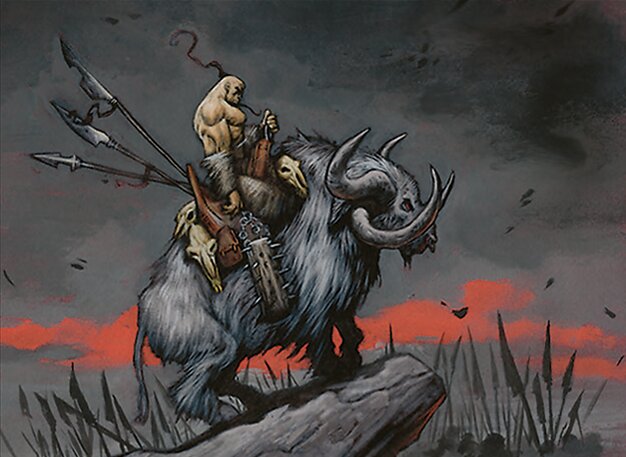
Godo, Bandit Warlord
An artifact-based aggro-control deck aiming to disrupt opponent combos and ramp into powerful equipment and creatures, focusing on inevitability through assembling combos or overwhelming board presence.
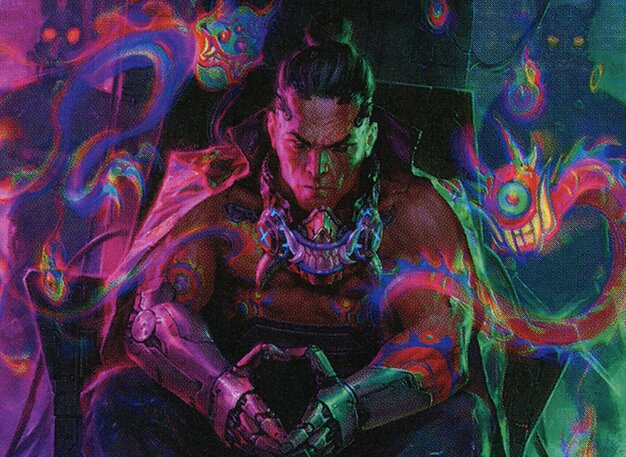
Satoru Umezawa
A ninja combo deck utilizing ninjutsu to draw cards and assemble infinite combos, such as blinking creatures with Palinchron and Colossus of Akros, aiming to win by decking opponents or with Dasa's Oracle.
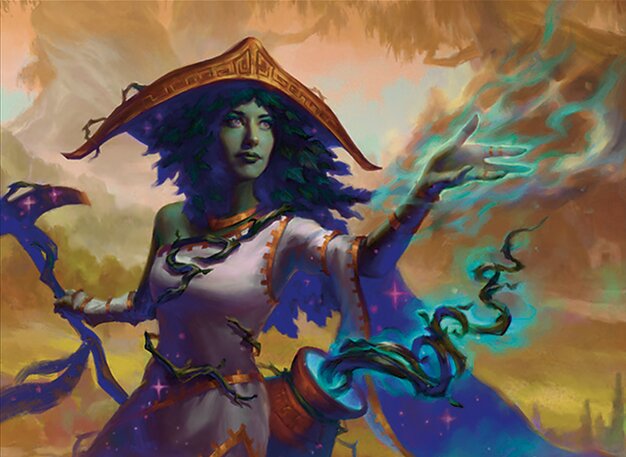
Sythis, Harvest's Hand
An enchantress deck that generates card advantage and mana ramp through enchantments, applying soft control with hate cards and stax elements to outvalue opponents and win through incremental advantage.
Gameplay Insights
- 1
Satoru's missed opportunity to sequence an attack with Hope of Ghirapur and Silence effect to disrupt opponents' responses cost the deck an early win.
- 2
Kenrith's use of Deathrite Shaman and counterspells like Dispel effectively delayed Satoru's combo attempts and maintained control over the game flow.
- 3
Sythis capitalized on enchantment synergies with Blind Obedience and Cryptolith Rite to generate continuous card draw and mana resources, enabling resilient board development.
- 4
Godo's artifact disruption and combos, including deploying Curse Totem and Goblin Welder, served to stymie opponents' plans but was slowed by stax effects and counterplays.
- 5
The timing of Demonic Consultation and Demonic Tutor plays was crucial, as a misstep in Satoru's line allowed Kenrith to counter a key spell, altering the game's outcome.
Notable Cards
-
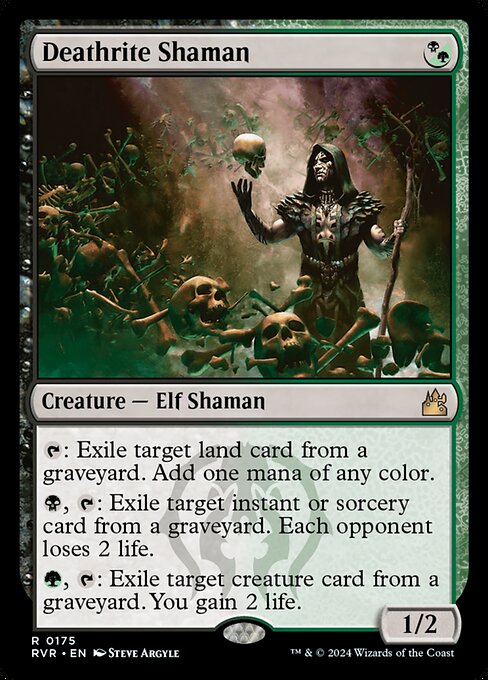
Deathrite Shaman
-

Dockside Extortionist
-
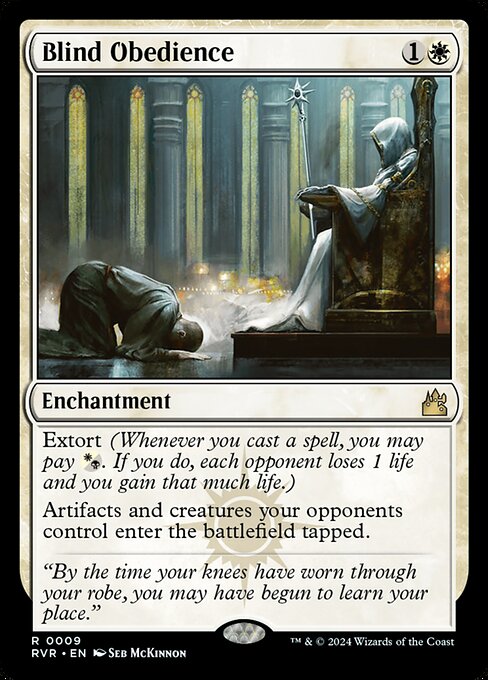
Blind Obedience
-

Flickering Ward
-

Demonic Tutor
-
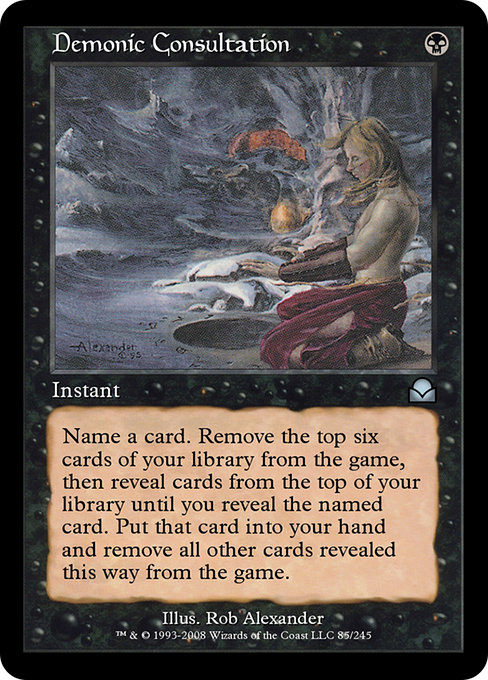
Demonic Consultation
-
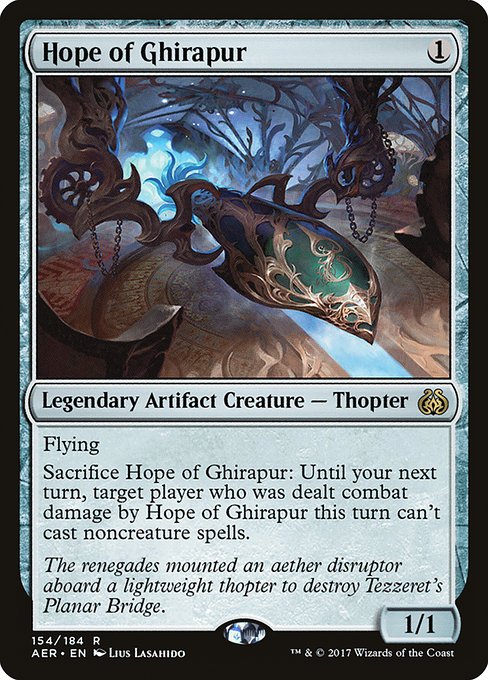
Hope of Ghirapur
-
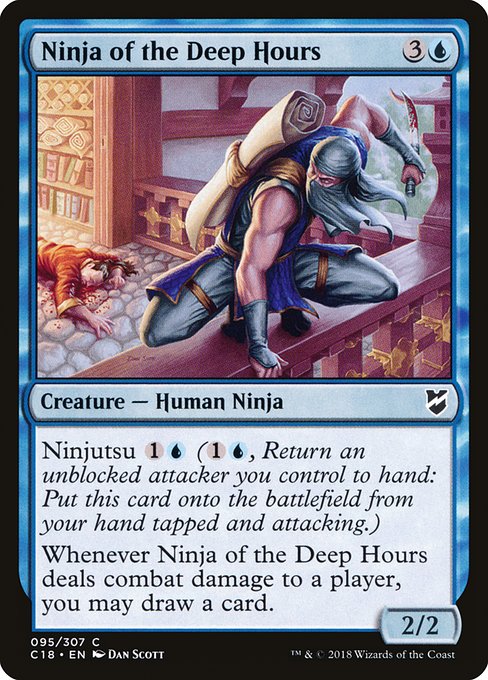
Ninja of the Deep Hours
-
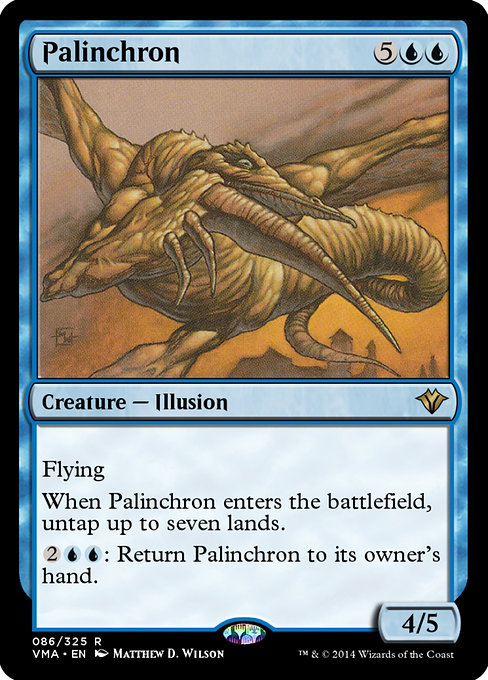
Palinchron
-
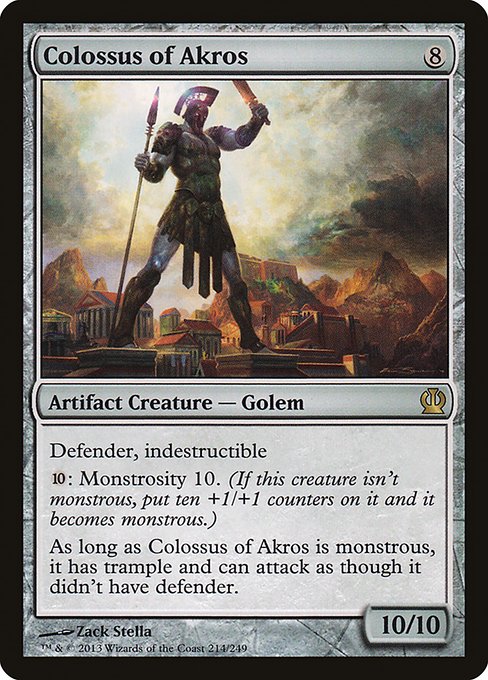
Colossus of Akros
-

Walking Ballista
-
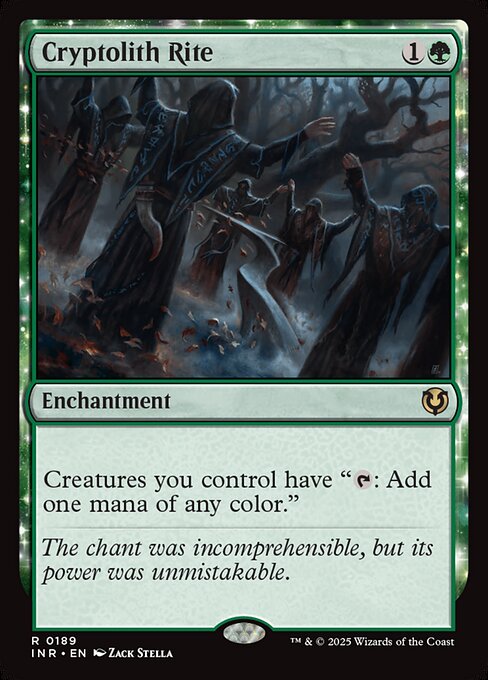
Cryptolith Rite
-

Faithless Looting
-

Goblin Welder
-
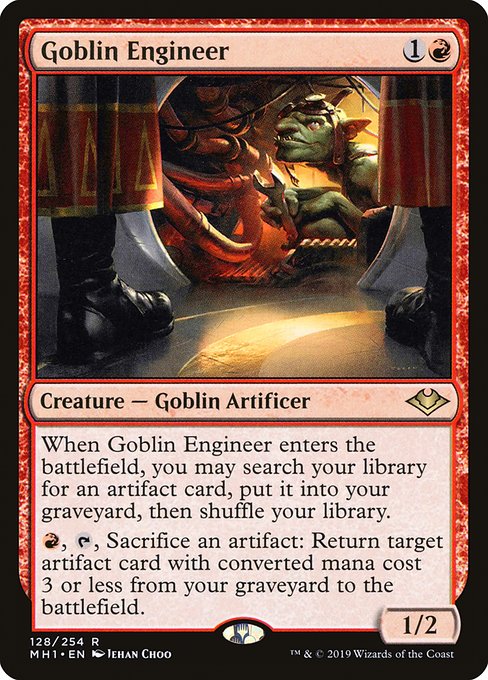
Goblin Engineer
Gameplay Summary
The game opened with Kenrith setting up a stax-oriented board, while Godo quickly established pressure and disruption with artifact synergies.
Satoru focused on a ninja combo approach, aiming to use ninjutsu and blink effects to draw cards and assemble an infinite combo with Dasa's Oracle.
Sythis leveraged an enchantress strategy, generating incremental advantage through enchantments and card draw, while applying soft control with hate cards like Blind Obedience and Drenith Magistrate. Early interactions centered around resource denial and incremental value, with Godo deploying Curse Totem and artifact recursion to hinder opponents.
Satoru efficiently used ninjutsu to chip away at opponents and dig for combo pieces, but missed a critical win line involving Silence effects and Hope of Ghirapur.
Kenrith continually applied pressure with Deathrite Shaman and Dockside Extortionist, while Sythis built a resilient board with enchantments and creatures that generated card advantage and mana. A pivotal moment occurred when Satoru attempted to combo off with Demonic Tutor and Dasa's Oracle but was thwarted by a well-timed counterspell from Kenrith.
This failure to find the correct sequence delayed Satoru's win condition and allowed opponents to stabilize.
The game then transitioned into a battle of attrition and board control, with Sythis and Kenrith leveraging their stax elements and enchantments to maintain board presence.
The gameplay highlighted the importance of timing and sequencing in cEDH, especially when going for infinite combos under heavy interaction.











































